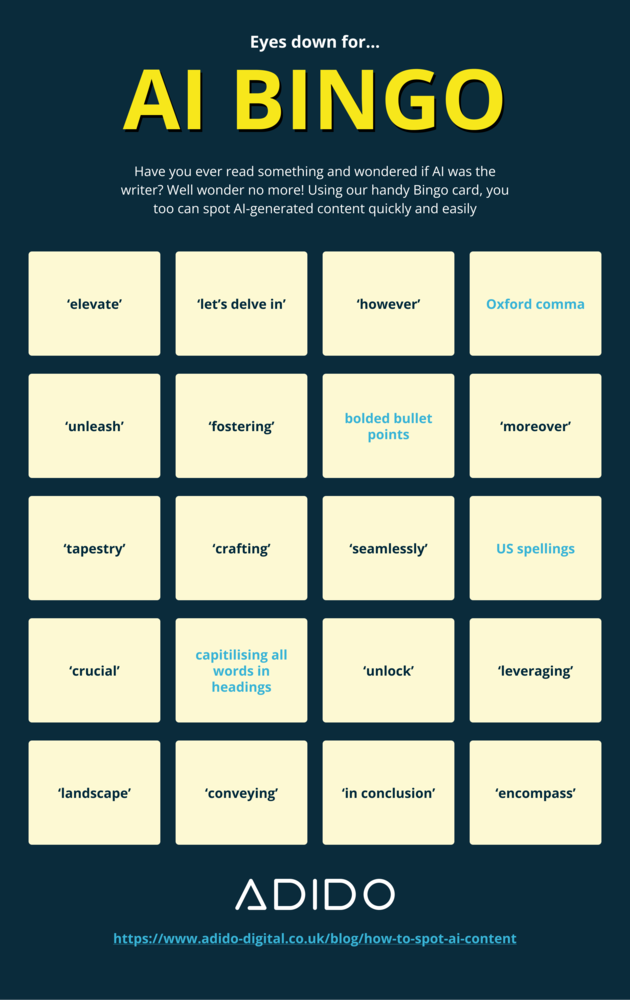Andy Headington, CEO of Adido, reveals tips to make best use of tools like ChatGPT while adding the human touch
_w=800_h=533.png?v=20230522122229)
Guest Post: How to spot AI content
As the AI revolution enters its second year, automated online content is becoming increasingly commonplace. But just how easy it to differentiate between human and non-human text?
Many of the big names in travel have been quick to integrate AI into various aspects of their business, from streamlining booking systems to automating email campaigns. But as AI generated content is becoming increasingly ubiquitous, could these timesaving strategies end up jeopardising brand tone and authenticity?
How does ChatGPT get its lingo?
ChatGPT is trained on vast amounts of text data gathered from across the internet, which it uses to generate human-like content based on common phrases, patterns and structures used in human language. While we should continue to celebrate the ingenuity of this, one problem arising from data training is that we start to see the same terminology being used multiple times, especially when the chatbot has been fed a generic prompt.
Let’s play ChatGPT bingo
After more than a year of using ChatGPT and other Large Language Models (LLMs) such as Bing’s Copilot and Google’s Bard, I’ve started spotting some AI buzzwords that crop up time and time again. Rather than listing them all below in bullet points, I thought it’d be fun to stick them all on a bingo card – because who says AI-spotting can’t be fun?

This isn’t the most foolproof method of spotting AI content, however there’s no getting round the fact that these indicators appear in AI content frequently. For a higher degree of certainty, AI detecting tools such as Copyleaks and GPTZero can identify more accurately what is human content and what isn’t.
How to add the human touch to AI content
The easiest way to keep your content authentic is to use AI as sparingly as possible. Remember, your audience want to hear from you – not a machine.
Search engines are not a fan of AI content either and while the latest SEO approach of E-E-A-T (Experience, Expertise, Authoritativeness, Trustworthiness) is not a ranking factor, Google and others don’t want to prioritise non-authentic, robot-produced creations over human content – especially when it comes to travel.
However, if you are using AI to write copy, here are some ways to keep it reader and search engine friendly:
- Factcheck and edit all AI output. Chatbots can often ‘hallucinate’ - that is to say provide incorrect information that looks plausible.
- Stick to your tone of voice. If you spot words in the output that you wouldn’t normally use, change them.
- Check spellings. GPT defaults to US English, which may not be appropriate for a British audience.
- Refine your prompts. If you give ChatGPT a bland, generic input, you can expect a bland, generic output in return.
- When creating a prompt, add detail regarding your target audience. The more the chatbot ‘understands’ about the purpose of what you’re trying to achieve, the more relevant and personalised its output.
- Train your AI tool to write like you (tools such as Writesonic are great for this).
AI content is not always a recipe for disaster. It has its benefits (just ask Expedia and Kayak) and can be a trusty sidekick for creating great content and simplifying repetitive, automated tasks. Nevertheless, in an industry where the human element is crucial, you won’t be doing your brand or your customers any favours by promoting a destination or experience based on automated outputs. Keep your brand true to itself and your customers.



